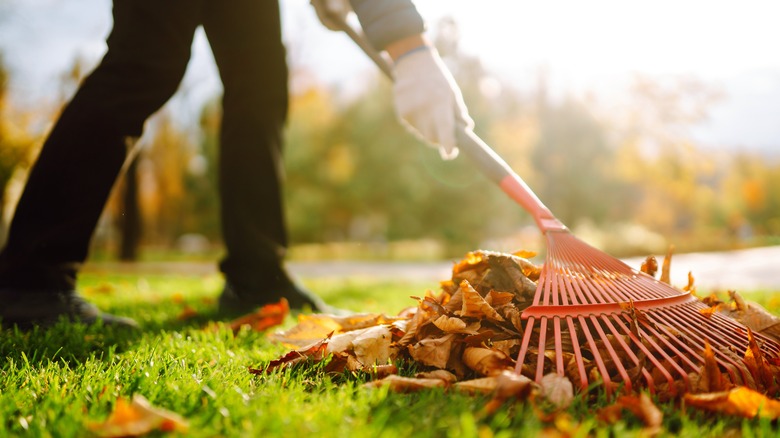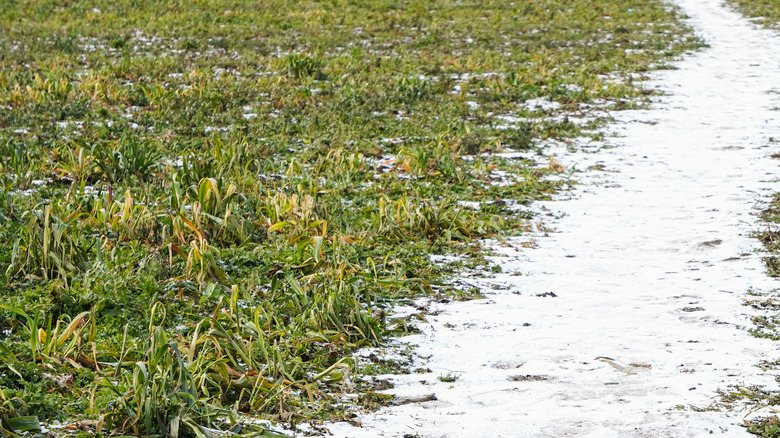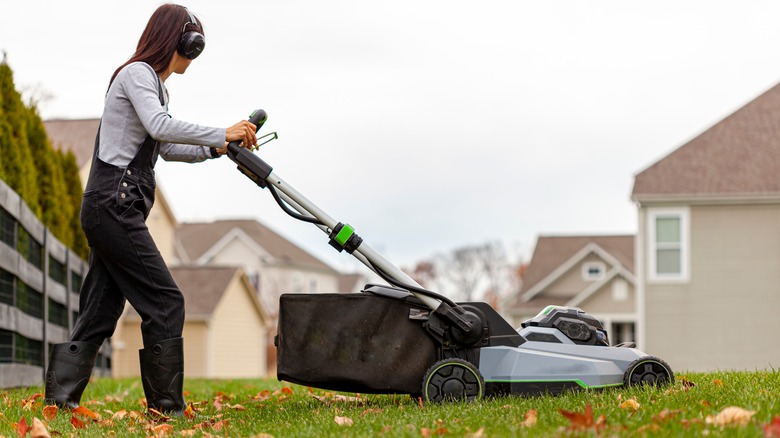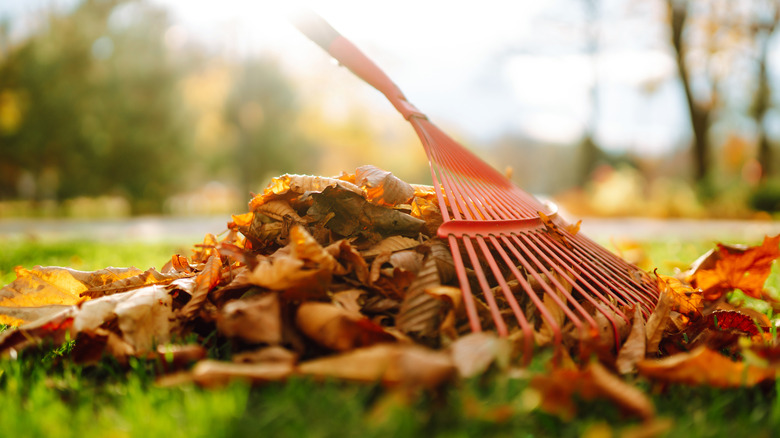How To Winterize Your Lawn As Cold Weather Approaches
As you prepare for winter on your property, you probably know that you need to prep your underground sprinkler system for winter and its freezing temperatures. You also understand that preparing your lawn mower for winter storage is the best option for ensuring that it is ready to roar to life the following spring. However, you also need to take steps to winterize your lawn to protect the grass and to make sure it is going to be as strong as possible come spring.
One of the steps you should take before the coldest weather hits is mowing the grass one final time while bagging the clippings. Removing leaves is important, too, giving the grass the best chance at being ready for spring. Mulching or raking the leaves allows sunlight to reach the plants throughout the winter and into the early spring, when they need sunlight the most to start growing. Additionally, when a coating of leaves remains on the lawn, it will trap any extra moisture against the ground, making it a struggle for grass to grow and resulting in bare patches the following growing season.
Finally, depending on the types of grasses found on your lawn, you may want to add a fertilizer application designed specifically for winter care for the lawn. This fertilizer blend uses a higher-than-normal concentration of potassium to give the grass the heartiness that it needs to survive the cold weather and thrive when temperatures increase in spring.
Pay attention to the type of grass you have on your lawn
Before going through the winterization process for your lawn, figure out whether you primarily have warm-weather or cold-weather grass. Cold weather, or cool season, grasses are those that tend to thrive in areas of the United States that have widely fluctuating temperatures throughout the year. They like to grow in the upper half of the continental United States, and appear during spring and fall when temperatures are between 60 degrees and 75 degrees Fahrenheit. These cool-season grasses include fescue, Kentucky bluegrass, and ryegrass. Because they grow in the cooler temperatures of early autumn, it's important to use a fertilizer that is made for use in October or November. At this point, the yard is beginning to go into a dormant phase, triggered by less daylight. The roots can make use of the fertilizer, so the plants are ready to grow again in the early days of spring.
If you have warm-weather grasses, such as zoysia, St. Augustine, and centipede, you will want to winterize the lawn in a slightly different way. These grasses tend to grow in the southern half of the continental United States. Because warm weather grasses remain green through much of the winter, you do not want to apply fertilizer after the first of September. Giving your warm-weather lawn some fertilizer later than that date could cause it to suffer damage from any freezing temperatures that occur.
Why you should mow your lawn short
To have success with winterizing your lawn, you may want to mow it to a very short length for the final mowing of the season, perhaps as low as 1 inch. There's no concern over mowing the grass too short in the late fall because it is no longer growing. If you live in an area where snow falls and remains in place for several days or weeks at a time, leaving the grass blades at a long length could lead to snow mold forming in the yard. This is a cold-weather fungus that frequently appears on cool-season grasses. Snow mold creates crusty patches on the lawn the following spring, usually gray or pink in color. The mold can kill both the roots and blades.
It's also a good idea to collect the clippings and other debris off the lawn in a mower bag when you are doing a final mowing for the season. This debris could inhibit the ability of the grass to grow in the final spring. Although grass clippings provide important nutrients to the lawn throughout the year, they aren't quite as important to use at a time of the year when the grass will not be actively growing. Additionally, when you are cutting the lawn at a short height during this last mowing, you could create longer clippings than usual, and you don't want them sitting on the lawn underneath snow all winter.
Why you should rake the lawn before winter
Ridding the lawn of clippings and other debris requires quite a bit of work, but it's an essential step toward winterizing and preparing it for strong growth the following spring. Additionally, removing dead leaves off the lawn is vital for its health, as the wet and heavy leaves can kill the grass by withholding oxygen, leading to the appearance of brown spots.
In addition, though, raking gives you the ability to remove some of the other dead material, called thatch, which consists of dead grass, roots, and other plants. While you are pulling the dead leaves away from the ground, the rake probably will pull some of this thatch away from the ground, too. Removing some thatch helps your yard by improving drainage and by allowing air and nutrients to easily reach the soil. It may even improve root growth in the grass. After pulling the leaves and other material loose, collect the debris and compost it. This is a nice mix of living and dying material, which is perfect for compost.
You might be tempted to use a power raking machine to speed up and simplify the work. Because it's late in the growing season, however, you should only work by hand at this time. Using a power raker is best when the grass has at least a month to recover as this machine will cause some damage to it.



